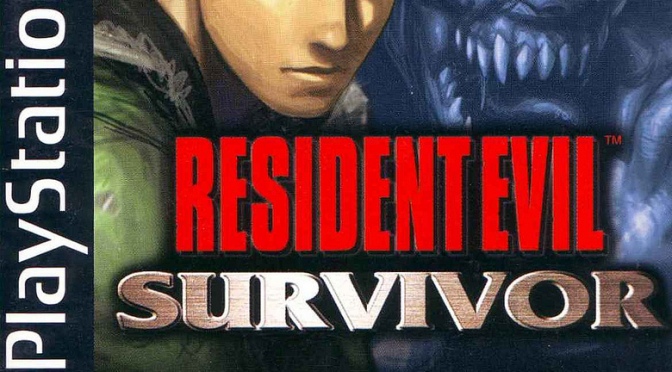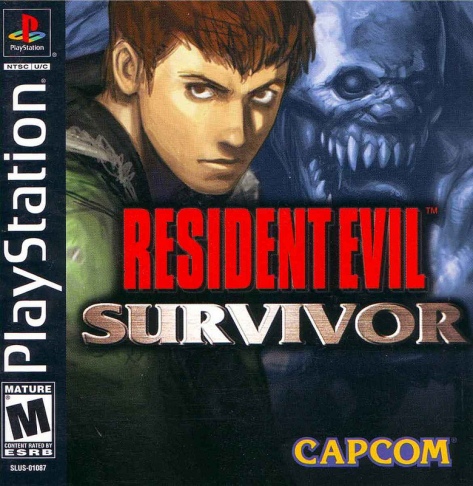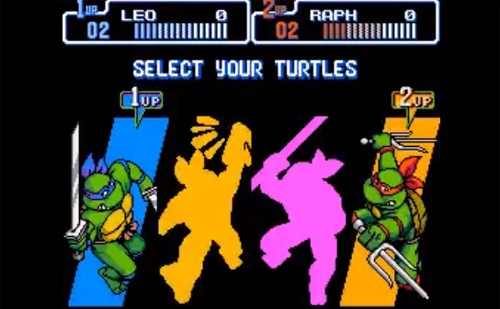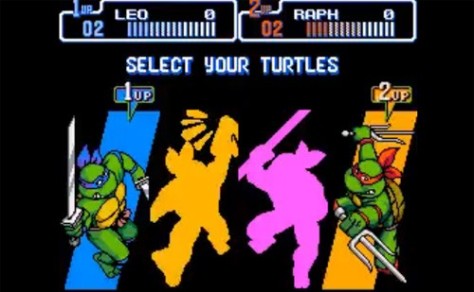
Earlier last year, one of my co-workers was part-timing at Best Buy as a gaming ambassador. He had the opportunity to borrow a display unit of the PS Vita and show it off to his friends and family. I guess the hope was to encourage consumers to pick one up on launch day, or just to create enthusiasm for Sony’s new handheld. At the time, I was impressed: the processing speed and graphics were stunning, and many of the games available to demo held my interest. Even with these offerings, I still made no plans to purchase a Vita. The high cost of the system, combined with the fact that I already owned a 3DS, kept the Vita off of my wish list.
This isn’t to say the Vita did not hold my interest. I have kept up with the various releases to the handheld, many of which I would love to play. What I would really prefer is some way to enjoy these games without having to invest in a costly mobile device. At this year’s Tokyo Game Show, Sony unveiled just such a method.
Dubbed the PS Vita TV, this little set-top box has been turning heads at the Sony booth. Roughly the size of a deck of cards, this hardware can be connected to a television in order to play Vita games on the big screen. The PSVTV (an abbreviation of my own device, it’s cool, you can use it) will also be able to play PSOne Classics and other Playstation Network titles. In addition to all that gaming goodness, the system will feature Remote Play, so players can stream games from a single PS4 onto other screens in the area. When you top it all off with Dual Shock 3 controller functionality, video streaming services, and a final price of $100, Sony has made quite an interesting console.
Currently, there are no plans to release the PS Vita TV outside of Asian markets, so I certainly hope the system does well enough to make it over here. There is so much potential in a low-cost console that can play classic games along with handheld titles, but I think its true power lies in Remote Play. Since so many games are moving multiplayer options into an online/network space, it would be nice to have a cheaper option to get some local group gaming. Just think, instead of dropping $400 on a PS4 to play with your friends (not to mention lugging around a huge console), you could invest in a PS Vita TV and piggy-back on someone else’s system. Saving money and mooching off of friends at the same time, what could be better?













